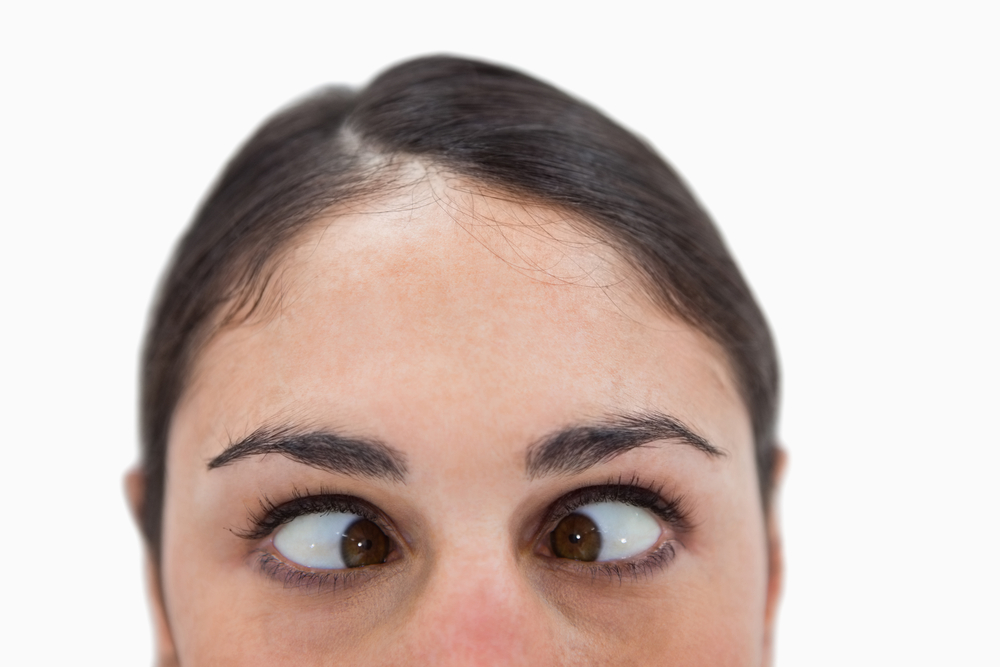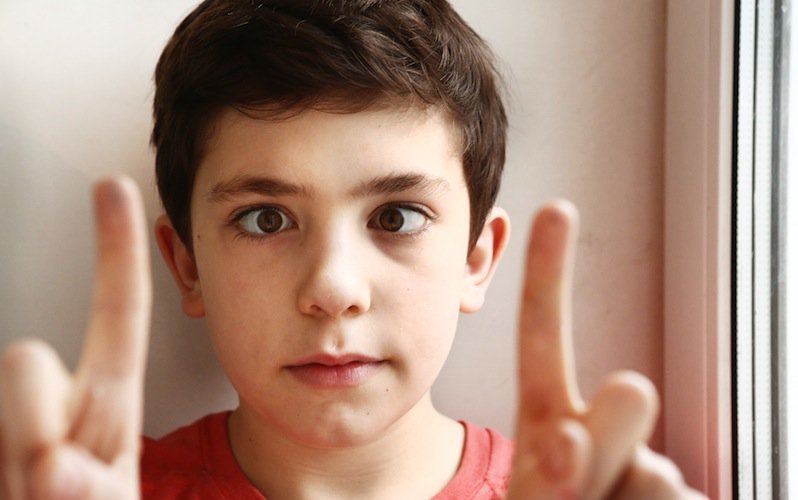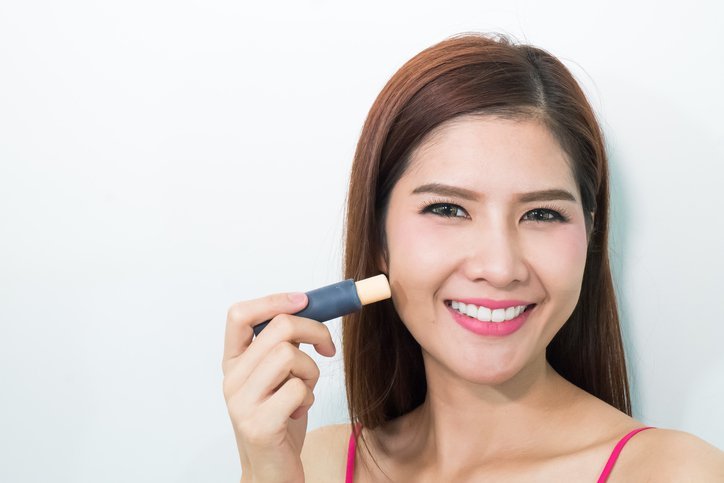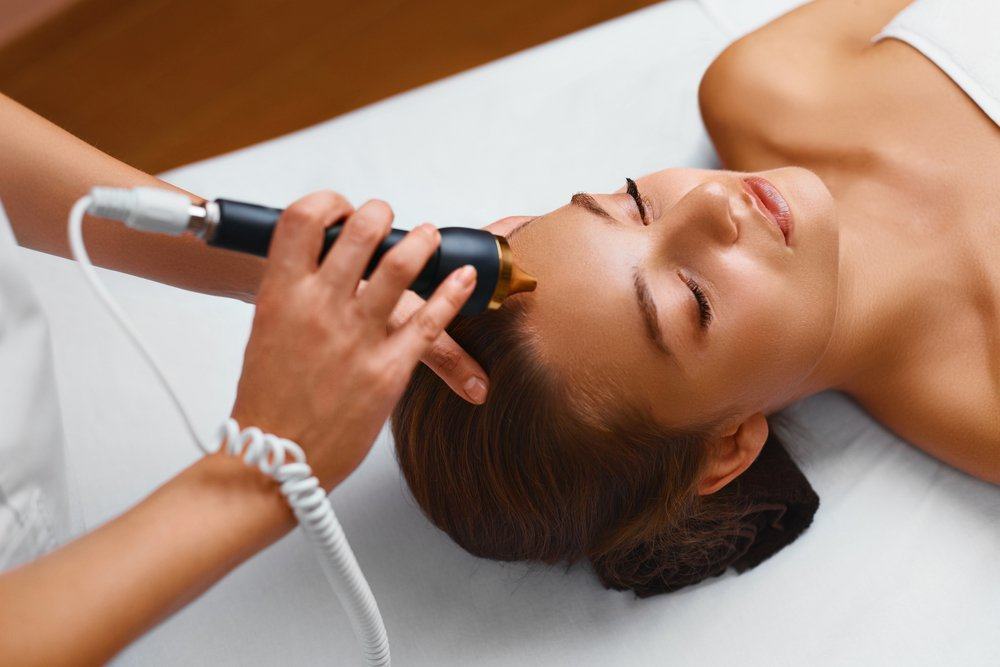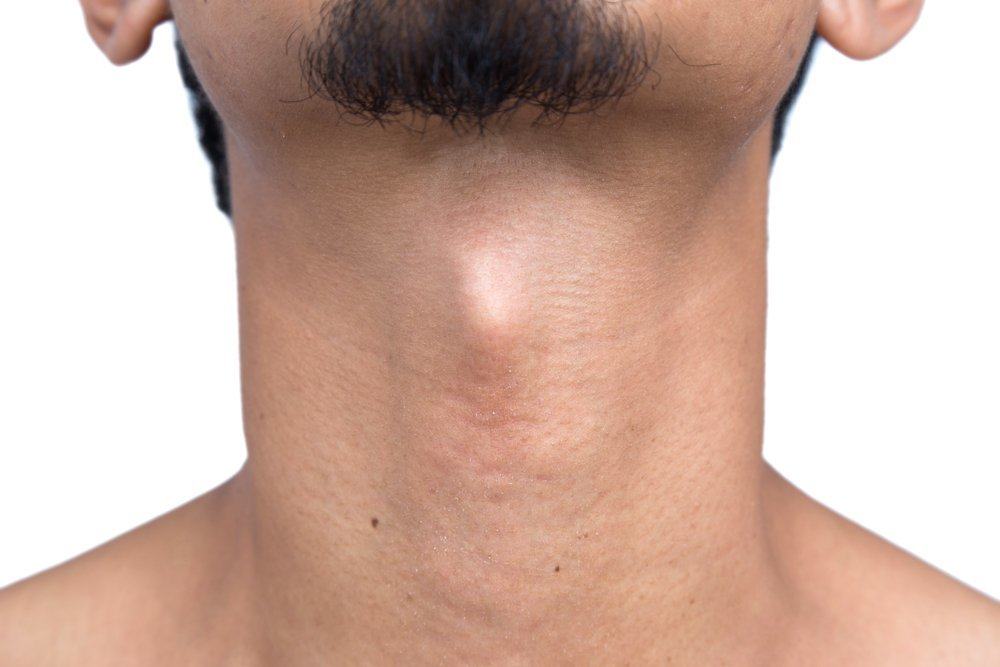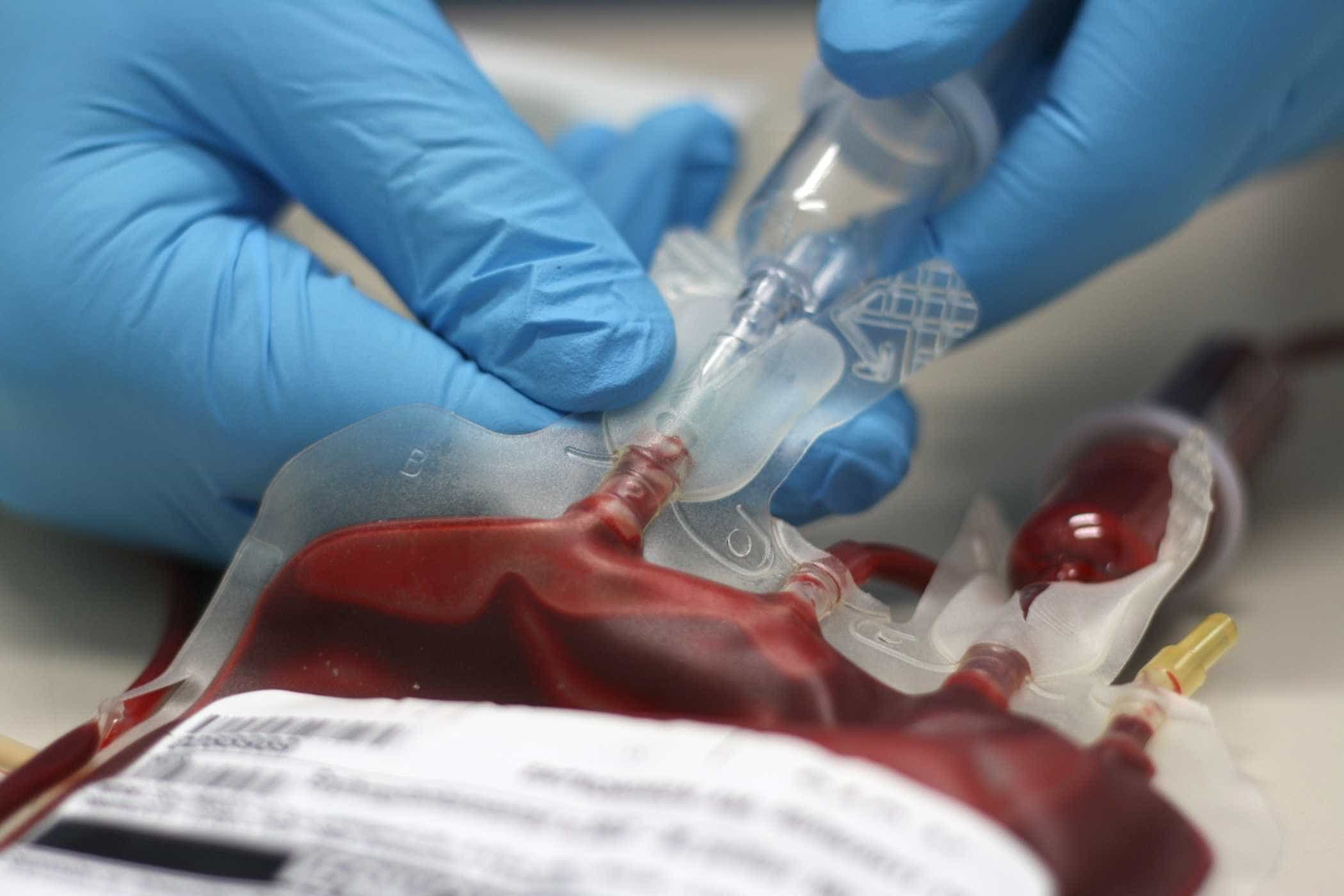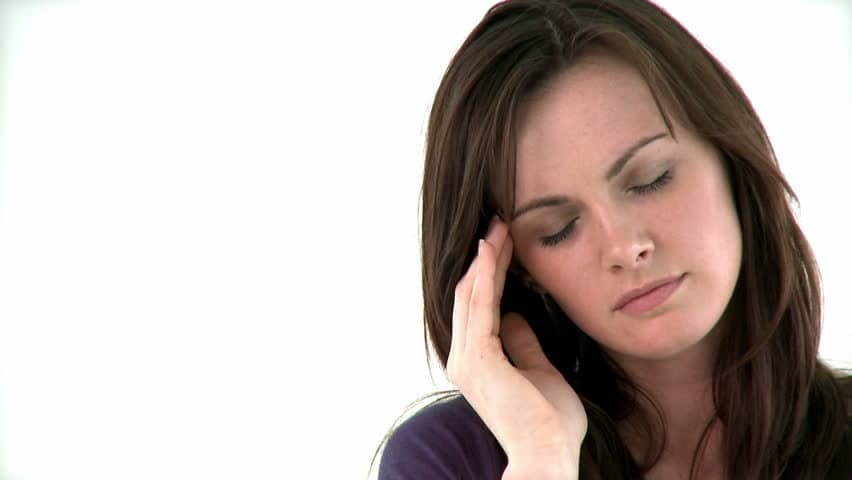Contents:
- Medical Video: Fixing Aloise's Gaze (Strabismus) | Wow Vision Therapy
- Type of esotropia
- 1. Based on the age of the onset of the condition
- 2. Based on treatment with glasses
- 3. Based on frequency
- What are the symptoms of esotropia?
- Causes of esotropia
- How to overcome esotropia?
Medical Video: Fixing Aloise's Gaze (Strabismus) | Wow Vision Therapy
Esotropia is a type of strabismus (squint), which is a condition in which one or both eyes turn inward. Esotropia has several types that are distinguished by the age of the onset of the condition, frequency, and whether it can be treated with glasses. The following is an explanation of further esoptropia, from causes to treatment.
Type of esotropia
According to the American Association for Pediatric Ophthalmology and Strabismus (AAPOS), this type of esotropia can be distinguished by age, frequency, and treatment with glasses.
1. Based on the age of the onset of the condition
Infantile or default
Infatile or congenital esotropia occurs in newborns. Babies with this condition cannot use their two eyes together. If one eye turns in more often than the other eye, the child has a high risk of experiencing amblyopia or also known as the lazy eye.
Congenital esotropia can usually be treated with surgery, glasses, or sometimes Botox injections. The ideal time to treat a child with esotropia is before the child is two years old. However, some children can experience vision problems as they grow older.
Other eye problems associated with congenital esotropia include upward floating eyes, farsightedness, and nystagmus, which is abnormal eye movement.
Acquired
Acquired acquired esotropia is a result of certain medical conditions, such as diabetes, or eye problems such as double vision and untreated nearsightedness.
People with this type of esotropia can often treat the condition with glasses and vision therapy, and surgery may take several people.
2. Based on treatment with glasses
Accommodative esotropia characterized by one eye pointing inward when trying to see an object at close range, because most people with esotropia experience farsightedness.
People can control accommodative esotropia by wearing glasses or contact lenses. If this fails, they may need surgery.
3. Based on frequency
Based on frequency, esotropia is divided into temporary and permanent. Temporary esotropia can disappear and reappear. This is usually only seen when someone looks tired, sick, only looking for objects that are close, or far away.
What are the symptoms of esotropia?
Common symptoms that occur when a person experiences esotropia are:
- Eyes turn inward
- Cockeye
- Lazy eyes
People with esotropia cannot focus attention at the same time and place. They may only be able to see objects completely with one eye.
Causes of esotropia
Some people are born with esotropia, while others only experience it when they grow up. This indicates that heredity is one of the causes of esotropia or other strabismus types.
Although there are family members affected by this health condition, not all will develop into esotropia. Because, there are several risk factors that can increase a person's chances of getting esotropia, such as:
- Family history of strabismus
- Have other eye disorders, such as cataracts or glaucoma
- Certain medical disorders, such as diabetes and overactive thyroid
- Neurological conditions, including excessive fluid in the brain
- Premature birth
- having a stroke
How to overcome esotropia?
Esotropia can be treated with several treatments that depend on the severity of the condition and the length of time it occurs. In addition, treatment also depends on how many eyes are affected by esotropia, whether one or two eyes.
Treatment always aims to make the eyes so they can see normally and parallel, overcome double vision, reduce vision problems with both eyes, and correct lazy eyes.
Treatment options for esotropia are:
- Glasses or contact lenses. This method is the first treatment option that is often done. Because the glasses can also correct eye misalignment or farsightedness. If someone's eyes are still squinted while wearing glasses, they may need a bifocal lens.
- Vision therapy. Eye exercises can help strengthen the function of the eyes and muscles around the eyes to improve vision.
- Botox injection. Botox can be injected to readjust the eyes of some people who have mild esotropia.
- Operation. Some people may need surgical treatment to change the length of the muscles around the eyes, although this does not always succeed in getting someone out of glasses or contact lenses.
Usually, surgery will be performed on a baby child. In some cases, infants who are less than 5 months old and experience mild esotropia will heal on their own.

